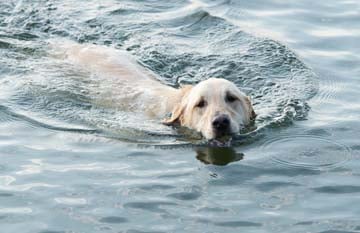Waves in fluids
Waves in fluids¶
We ar all familiar with the basic phenomena of waves in a fluid: a series of finite disturbances, often spaced regularly, propagating through the fluid. Some examples include:
Surface waves that we see on the beach are an obvious example, or that appeal when we drop a stone in he water; the oscillatory motion can be driven by gravity or surface tension.
Sound comes from propagating compression-rarefaction waves in the air.
Tidal forcing interacting wih complex bottom topography of the ocean generates a complicated spectrum of internal gravity waves propagating through the global ocean.
[Caption: “This animation shows density layers in the South China Sea being perturbed by the regular back-and-forth tidal flow through the Luzon Strait. These leads to large amplitude internal waves (shown in red underwater, and in white when seen from above), being radiated west to the Chinese continental shelf. “.]
Rossby waves (which we will not cover) are planetary-scale waves in which the Earth’s rotation (and the associated Coriolis force) plays a central role. These are responsible for the undulation of atmospheric jets such as the jet stream bounding the polar vortex, as you can see at this website.
The goal of this chapter is to explain the physics of water waves. Along the way we wil encounter a number of important mathematical techniques and concepts whose utility extends well beyon hydrodynamics:
Linearization of nonlinear equations
Dispersion relations \(\omega(k)\), Phase and group velocity
Ray tracing and the method of characteristics
Nonlinear waves and solitons
So we will be spending a bit of time on this subject!
